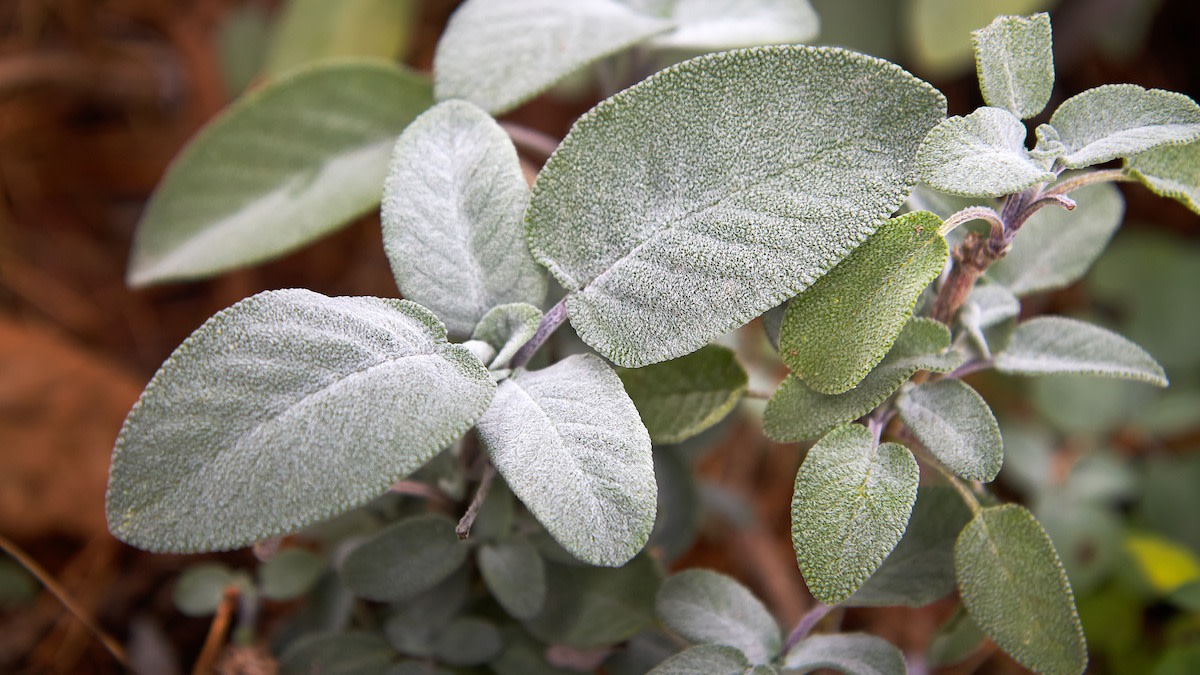How to Grow Sage in Your Home Garden
Written by MasterClass
Last updated: Jun 7, 2021 • 3 min read
Sage is a fragrant culinary herb native to the Mediterranean but that is easy to grow in most home gardens. Sage not only smells good, but it also serves as a versatile ingredient in dishes ranging from hearty stuffings to light herbal teas.
Learn From the Best
What Is Sage?
Sage is a low-maintenance, hardy perennial herb, meaning you can plant it once and harvest for years. Sage is known for its fuzzy leaves and intense herbal aroma, which makes it a bold addition to many dishes. There are many varieties of sage, but common sage—aka garden sage, broadleaf sage, or culinary sage (botanical name: Salvia officinalis)—is the variety you'll likely want to plant in your herb garden. Cultivars of common sage include purple sage, which has purple-hued leaves, and tricolor sage, which has variegated leaves.
How to Plant Sage
Sage requires full sun (or a grow light), good air circulation, and well-drained soil full of organic matter such as compost. Sage can be grown from seeds, stem cuttings, young plants from a garden center, or by layering.
- 1. Planting sage from seed: Sow sage seeds in a planting tray indoors in the early spring, up to two weeks before the last frost. Keep soil moist while waiting for seedlings to emerge. Seeds should sprout in two to three weeks.
- 2. Transplanting sage: Transplant seedlings or small potted plants two feet apart once the outdoor soil temperature reaches 60 to 70°F.
- 3. Propagating sage from cuttings: Cut a three-inch piece from the tip of the stem and plant in vermiculite (a porous mineral) or sand. Within six weeks, roots will form, and you can transplant the cutting into a pot or directly into the ground.
- 4. Propagating sage by layering: To grow a new sage plant by layering, take a very long sage stem and—leaving it attached to the mother plant—remove the leaves from the middle section of the stem. Scrape the stem with your fingernail to damage it slightly, then bend the stem down to the ground and bury the damaged section in the soil. You may need to place a stone on top of the buried section to weigh it down. Roots will form in about a month, after which point you can cut the new plant from the mother plant.
How to Care for Sage Plants
With a little bit of garden know-how, sage is easy to care for.
- 1. Pruning: In the spring, prune sage’s woody stems to encourage new growth. Unlike other herbs, sage leaves remain flavorful through flowering, so it’s not necessary to remove flower buds. Plus, the flowers attract pollinators.
- 2. Pests and diseases: Sage is vulnerable to powdery mildew. Regular pruning will prevent mildew by improving air circulation.
- 3. Watering: A drought-tolerant plant, sage only needs regular watering during its first year. Keep new plants moist until fully grown, but avoid overwatering established plants. Make sure your soil and containers drain well so that the sage plants are not sitting in water.
- 4. Overwintering: In colder climates, cover garden beds containing sage plants with mulch during the winter. To extend the growing season, plant sage in containers that can be brought inside as houseplants during the colder months.
How to Harvest Sage
Harvest sage only once the plant is fully grown. Once your sage plant is mature, harvest sage leaves or sprigs frequently, taking care to not remove more than one-third of your plant. You can dry sage leaves by hanging bundles of leaves upside-down in a dry, well-ventilated area. Remove leaves from the stems and store dried sage leaves in an airtight container.
Learn More
Grow your own food with Ron Finley, the self-described "Gangster Gardener." Get the MasterClass Annual Membership and learn how to cultivate fresh herbs and vegetables, keep your house plants alive, and use compost to make your community - and the world - a better place.
